Many types of cooktops exist, all based on a different technology. From induction to gas, electric and ceramic, we help you understand them all here.
When it comes to buying new kitchen appliances, the different types of cooktops to choose from to best suit your oven can all get a little confusing, with a number of different types available as cooktop technology has progressed. From the ‘chefs choice’ of gas, to the clean and sleek options of ceramic or induction which continues to grow in popularity, or the older option of electric coils, it’s best to consider the alternatives to find the best option to suit your kitchen and how you like to cook. See our range of cooktops here.
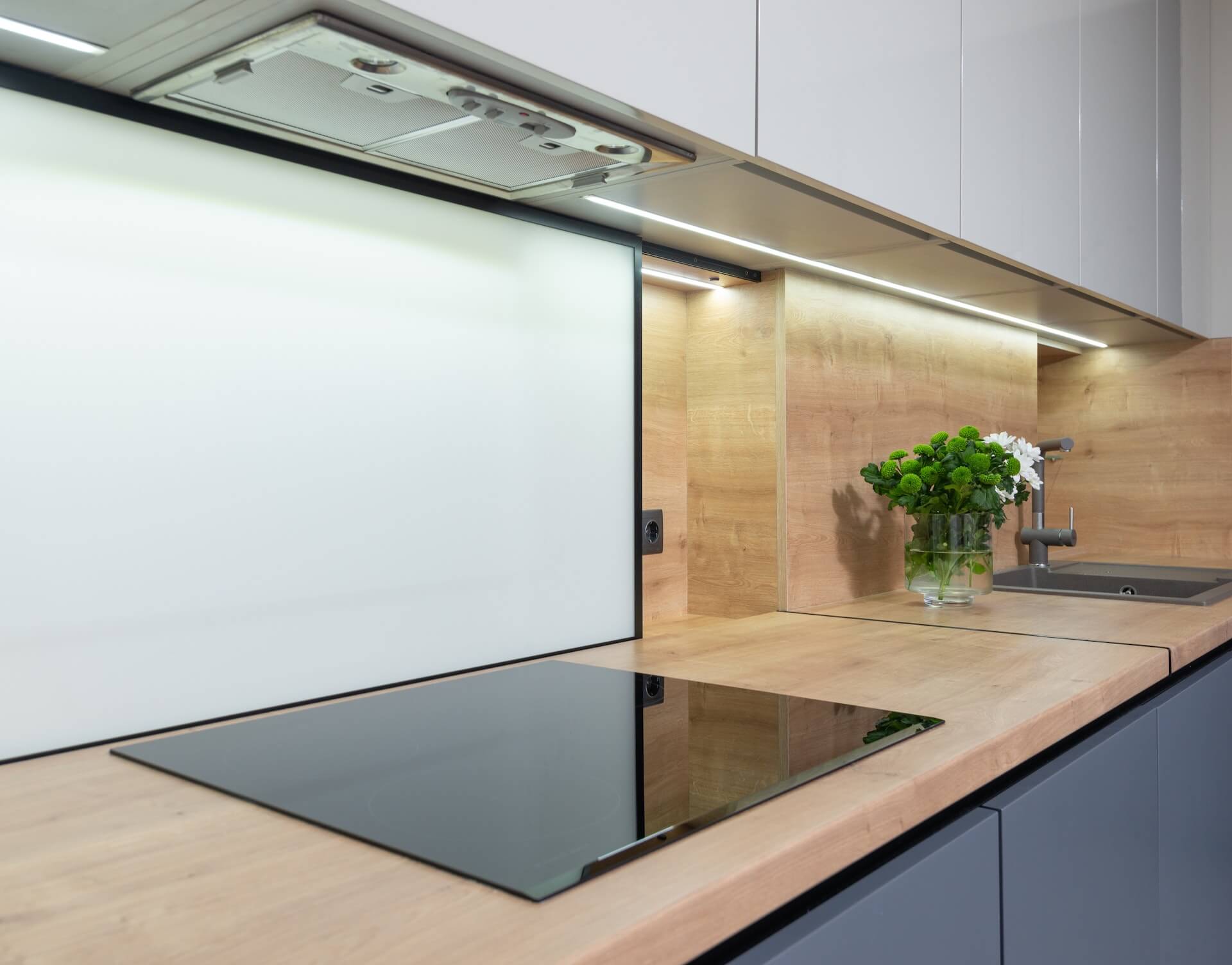
Induction cooktops
Induction cooktops are a favoured appliance not only for their sleek and stylish looks, but also considered the safer option for family kitchens. This type of cooktop also comes with the added bonuses of ease of cleaning due to its smooth-top and being very energy efficient.
How do induction cooktops work?
Induction cooktops are one of 3 electric cooktops yet differ from the other types as heat is created from magnetic energy. In simple terms, the heat is created directly on the pan, instead of heating the cooktop surface like other cooktop types; but the energy will only be activated by ferromagnetic metals, so you’ll need to have the right pots and pans to activate heat.
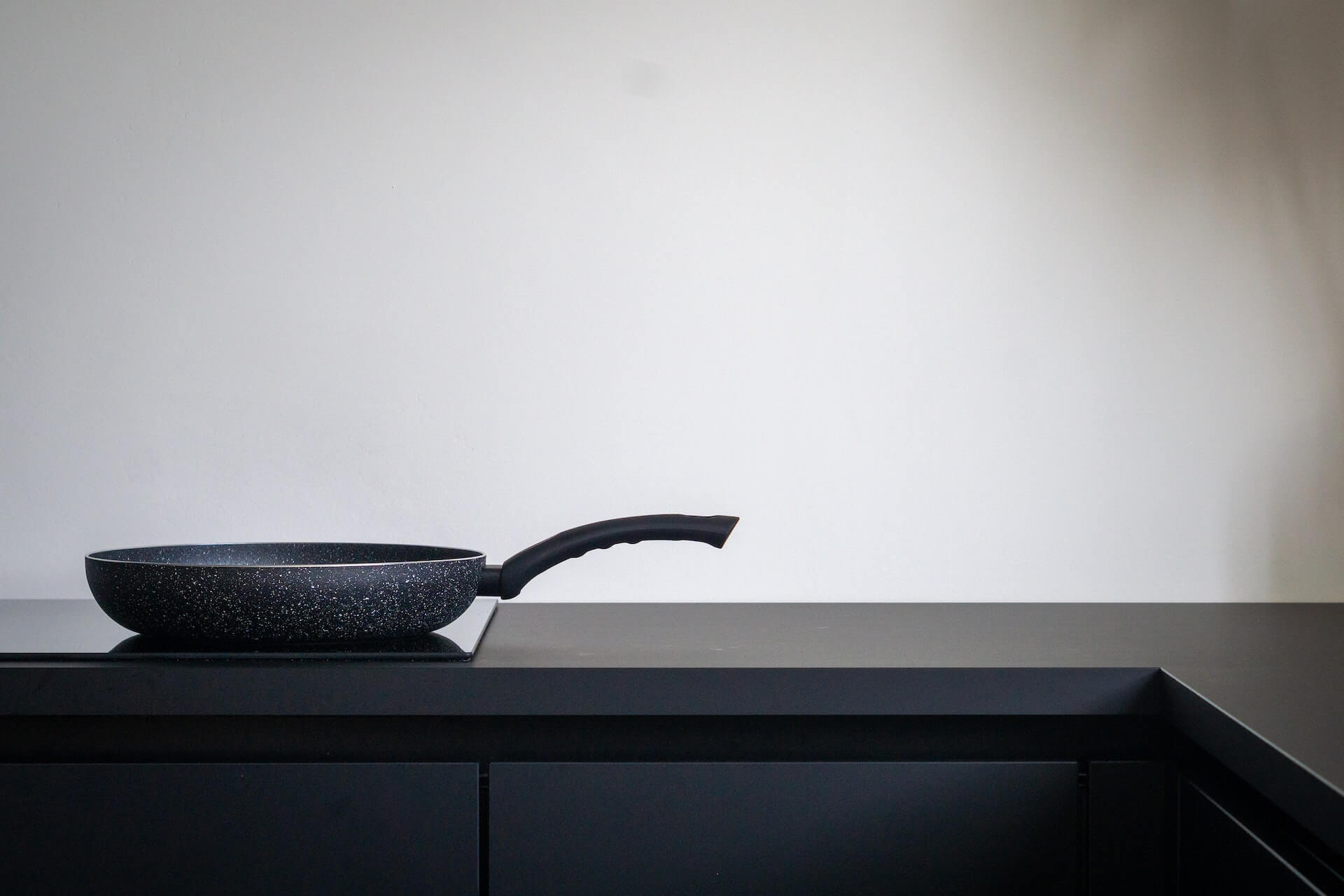
What type of cookware should I use on an induction cooktop?
If you install an induction cooktop, you may also need to buy new pots and pans as they only work with ferrous pots and pans, unfortunately ones made of copper, aluminium, or ceramic they will not work on induction cooktops. Ones with a flat base are recommended as the touching of materials is required for the induction energy to be activated. A quick way to check if cookware is suitable for an induction cooktop is to see if a magnet will stick to the base, otherwise check with the manufacturer of the pots.
Portable induction cooktops
Portable induction cooktops are a handy appliance for those short on stove space when you’ve got a lot of cooking to do, yet not enough room on the cooktop. A mini version of a cooktop that sits on your benchtop, these portable electric cooktops are made of ceramic glass.
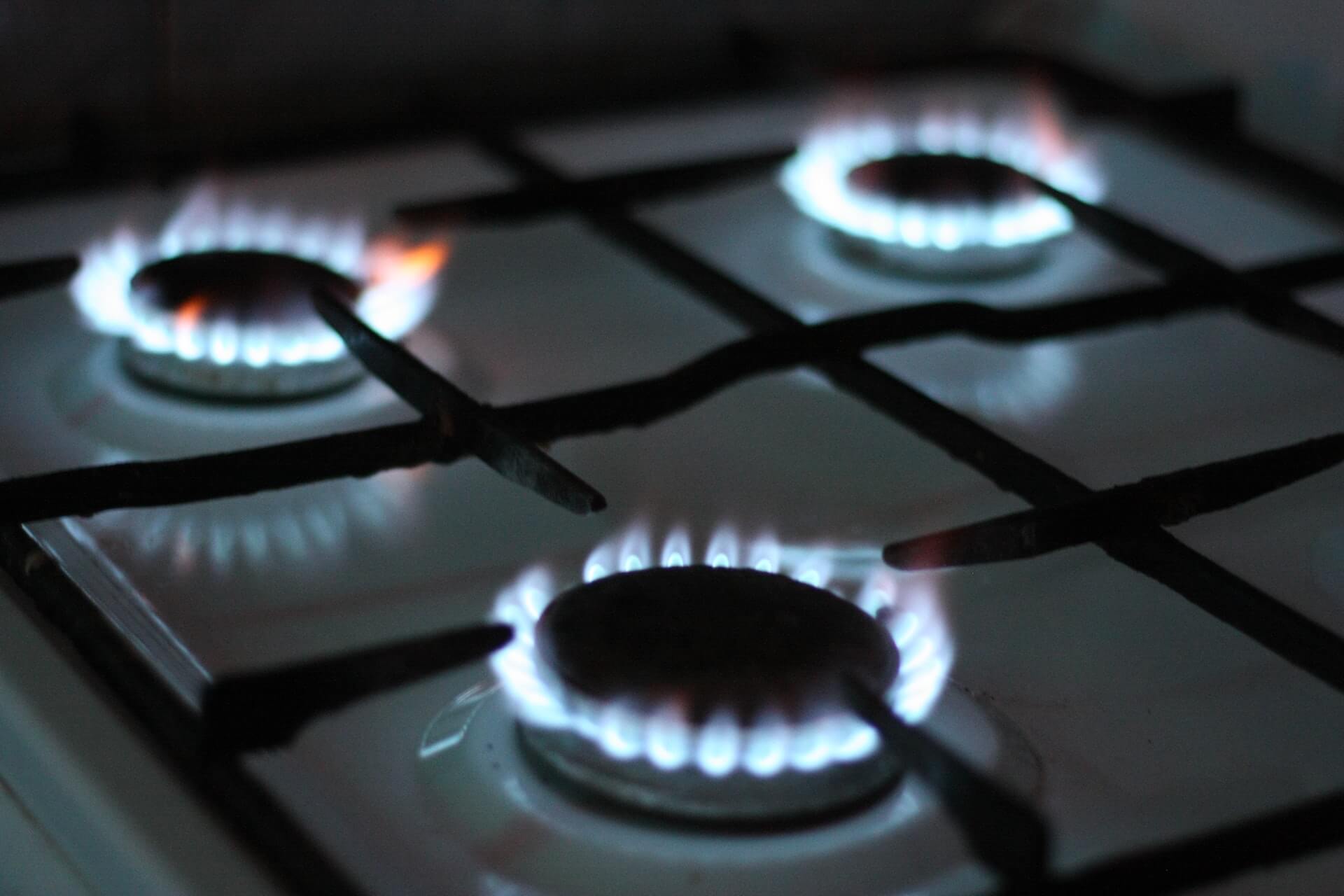
Gas cooktops
Gas cooktops are preferred by many for temperature control and for overall heat distribution. They are less sleek in design than induction or ceramic to allow for the gas jets and can tend to take more time to clean, but for many they prefer this type of built-in cooktop as the iron trivets on the cooking surface better allow for cookware such as woks when whipping up a stir-fry. In addition, many prefer the operating cost of gas over electric.
How do gas cooktops work?
Cooking over an open flame, many find cooking with gas very appealing, siting greater power and control over the heat while cooking; with a simple turn of the control knob the flame increases or diminishes, adjusting the cooking heat. A gas cooktop, unlike other cooktops, requires gas connected to the cooktop and installed by a qualified gas fitter. Most gas cooktops are able to be installed with either natural gas or LPG with a conversion kit.
Once the gas is turned on at the cooktop, the electric ignition makes a small spark that lights the gas flowing through the holes in the burner and creates the flame on the gas cooktop. Once the flame is ignited then the level of flame can be adjusted to increase or decrease the heat on the cooktop by adjusting the controls or knob on the stovetop – this is achieved by adjusting the flow of gas and air to the burner.
Portable gas cooktops
The appliance for the avid camper, a portable gas cooktop is a great option. Often available in one or two gas burners, this type of appliance provides the flexibility to cook hot dishes in the outdoors like you were cooking on your stove in your kitchen.
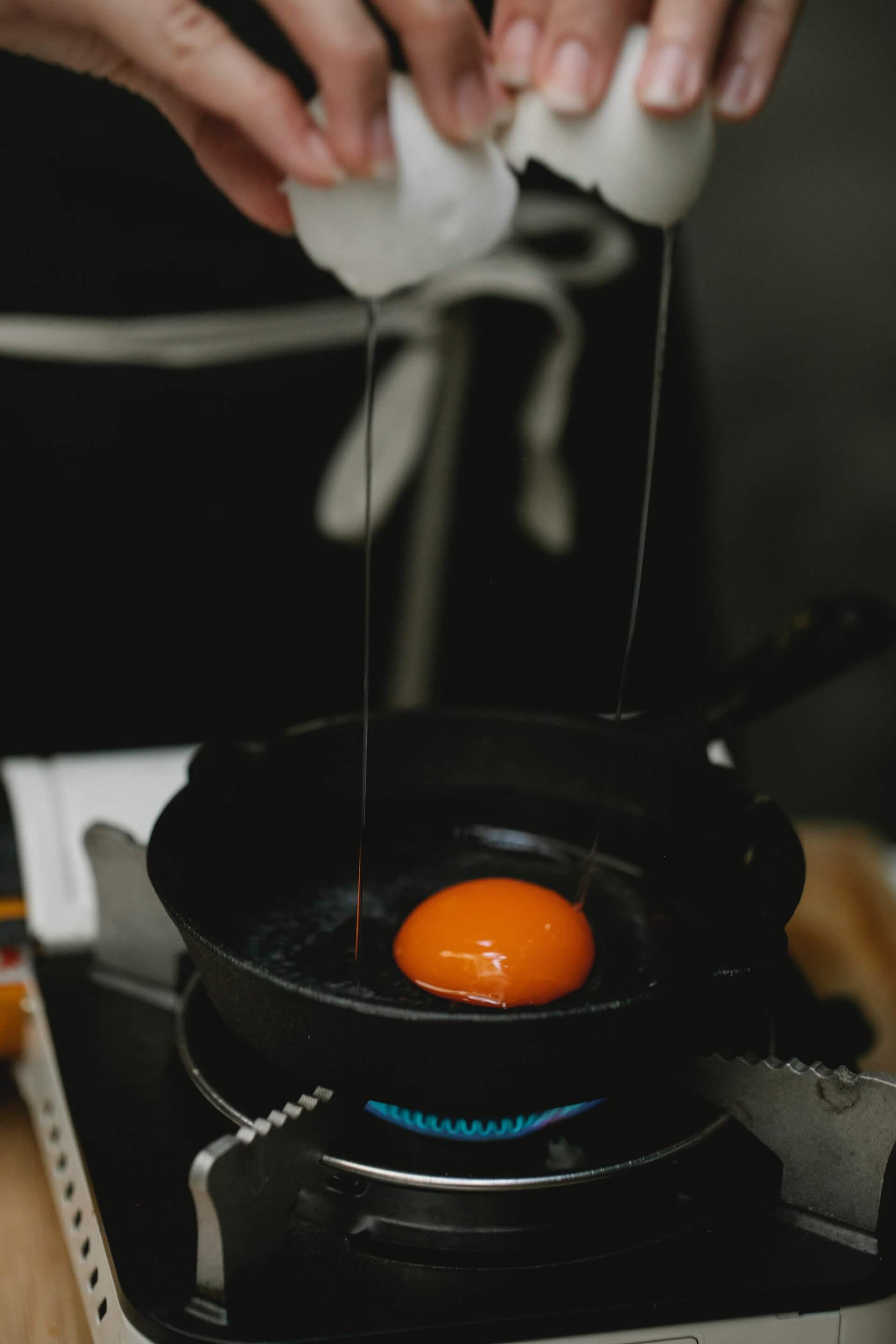
Electric cooktops
How do electric cooktops work?
Coil cooktops are the original electric models – the electric coils sit above the cooktop surface and so can involve more effort to clean up if a spill occurs when compared to other electric cooktop alternatives. An electric current runs through the heating elements of the appliance generating heat, which is then transferred to the pot or pan sitting directly onto the metal coil.

Ceramic cooktops
What is a ceramic cooktop?
A ceramic cooktop is depicted by the finish of the cooktop rather than the inner workings of the actual cooktop. The ceramic glass finish of a ceramic cooktop not only looks stylish and streamlined and makes it easy to use, but also enables quickly and easily cleaning up thanks to its wipe-clean finish. See our latest ceramic cooktop here.
How do ceramic cooktops work?
Ceramic cooktops work by radiating and conducting heat from a coiled electric element beneath a ceramic glass surface up to the pot or pan. They are affordable electric cooktops, which are less fiddly to keep clean than a gas hob, and work on all types of pots and pans including glass, aluminium and copper. They are straightforward to install by a qualified electrician.
What type of cookware should I use on a ceramic cooktop?
Heavy gauge coated aluminium or hard anodized stainless-steel pans with a thick base are recommended to keep a ceramic cooktop in good condition and easy to clean. Other pots and pans that can be used would be good quality enamel on steel or cast-iron pans, but these types of pots and pans can tend to scratch the surface of the cooktop. Only glass containers that are heat resistant glass can be used on a ceramic cooktop; we’d recommend checking the cookware or with the manufacturer before use. There are some types of pots and pans you should avoid using as they can leave microscopic residue on the cooktop surface and make it difficult to clean. These include exposed aluminium or copper-based pans.
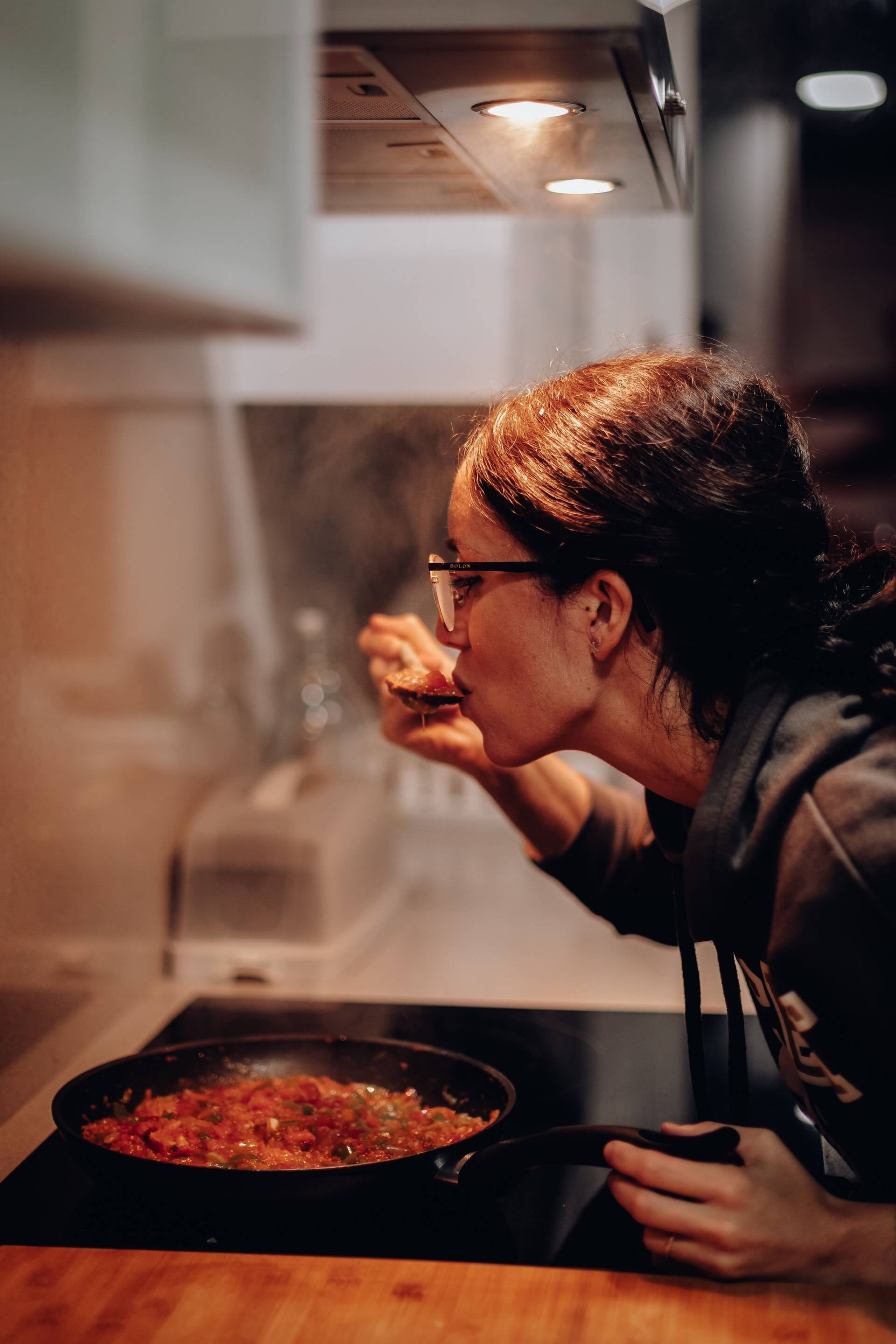
Induction vs ceramic cooktops
The two most popular types of electric cooktops, induction and ceramic cooktops can tend to look similar, but there are also key differences.
a. Induction Cooktop
An induction cooktop looks very similar to a ceramic one but operates differently. The high-frequency electromagnets that generate the heat sit below the cooktop surface and induce electrical current to generate heat in the pan or metal object. In essence it is turning your pans into the heating elements, rather than the surface of the cooktop. As the induction cooktop surface stays cold until pots or pans are placed on the cooktop it uses less power than a ceramic cooktop.
- Energy use – More energy efficient option as it only uses power and heats when pot or pan is on the cooking surface
- Safety - Cooktop surface stays cool to touch
- Specific Cookware – due to the heat generation method not all pots and pans can be used on this type of cooktop, requiring magnetic cookware types
b. Ceramic Cooktop
Smoothtop cooking surface, a ceramic cooktop has coiled metal elements directly under the tempered ceramic glass top, giving the cooktop a smooth surface like an induction cooktop. The main difference is the heat is generated by the coils, which in turn heats the ceramic glass surface that then heats or warms to pot or pan. This method is less energy efficient a lot of the heat is transferred into the cooktop surface rather then directly into the pot or pan like on an induction cooktop.
- Energy use – Uses more energy than an induction cooktop, but comes with a smaller upfront cost to purchase vs an induction cooktop
- Safety – Ceramic surface does get hot so it’s not recommended to leave small children unattended near the cooktop when being used or just after use
- Specific Cookware – More flexibility on cookware types to use on these types of electric cooktops, but still some minor limitations, with flat-bottomed cookware recommended for better results
If it’s all still a little daunting and you have more questions why not have a look on our FAQ page and if you’re looking for an oven to go with your new cooktop have a look at our range of built-in ovens here.